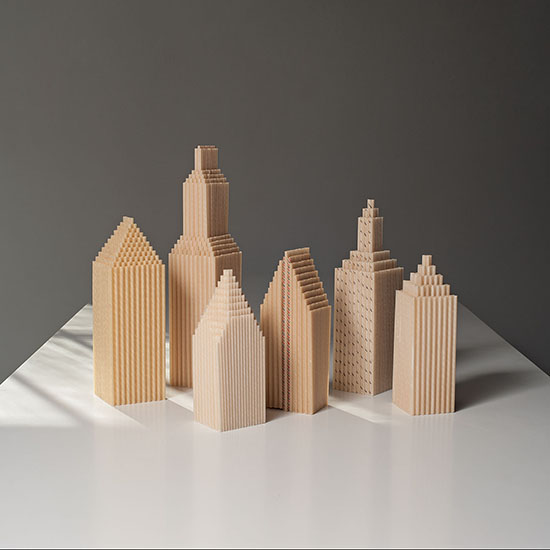
Karyl Sisson, Straw Skyline
vintage paper drinking straws and polymer,
14.375” x 32.5” x 3”; 2013, Tom Grotta
For three days this March, browngrotta arts will present inventive works made of handmade, recycled and commercial paper by artists from North America, Europe and Asia at art on paper, Pier 36, 299 South Street, in New York City. Many artists cut, fold or print on paper. The international contemporary artists whose work browngrotta arts will exhibit at art on paper take a more immersive approach to the medium, treating it as material – stacking, molding, carving and weaving it, as others would wood, linen, clay or marble.
Toshio Seikiji of Japan and Chris Drury of the UK, for example, use paper like fabric — weaving, stitching and etching on newspapers, maps and other paper to create arresting assemblages. Others of the artists featured by browngrotta arts recycle to create their works, including Kazue Honma who creates object of Japanese telephone books, Dona Anderson who creates vessels of dress pattern paper and Korean artist, Jin-Sook So who creates collages using old Korean texts. Karyl Sisson’s striking New York skyline is composed of re-purposed paper straws. Hisako Sekijima of Japan and Sylvia Seventy from the US, mold paper pulp – in Seventy’s case, to create paper bowls populated with found and other objects. Scandinavians, Jane Balsgaard of Denmark and Merja Winquist of Finland, create three-dimensional sculptures. In Balsgaard’s case, she makes the paper she uses from materials gathered near her summer home in Sweden. American Mary Merkel-Hess uses gampi paper, papier-maiche and reed to create sculptural baskets forms and bas relief wall works.

Old Paperwork Untitled, Jin-Sook So
Korean schoolbook pages burnt, handmade wooden platter, gold leaf, silver leaf, painted acrylic color, 35.5” x 43.25” x .75”, 2014, Photo by tom grotta
Working alongside its Beneficiary Partner, The Brooklyn Museum, and its Presenting Partner, The Wall Street Journal, art on paper will focus on “the notion of what a work on paper can be”, says its director, Max Fishko. The fair, art on paper, is at Pier 36, 299 South Street, New York, New York. There is a preview on Thursday, March 5th from 5:30 p.m. to 8 p.m. and a VIP party that night from 8 to 10:30 p.m. Friday, Saturday and Sunday the Fair opens at 11; Friday and Saturday it closes at 7 p.m.; Sunday at 6 p.m. For more information and to purchase tickets to the preview and party, visit: http://thepaperfair.com/about/art-on-paper/. For more information on browngrotta arts’ exhibition, call Tom Grotta at browngrotta arts: 203-834-0623 or visit browngrotta.com: http://browngrotta.com/Pages/calendar.php.

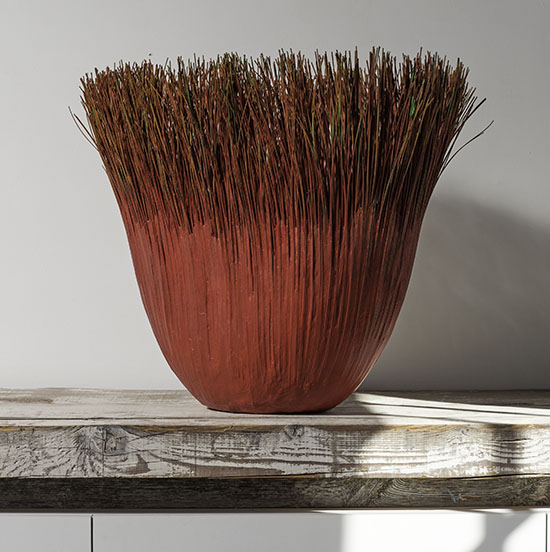
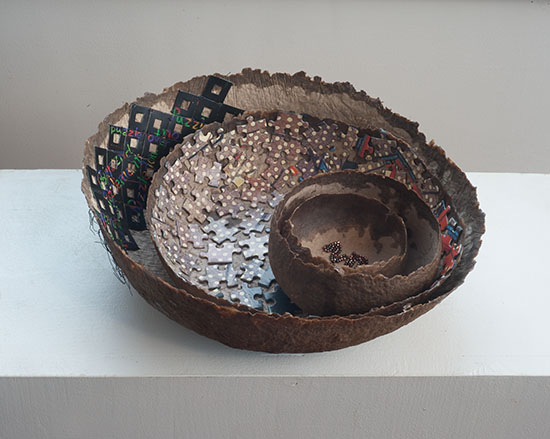
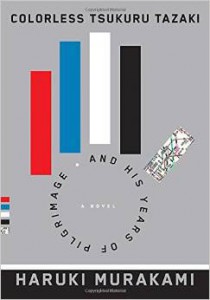

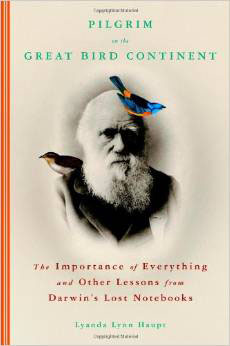
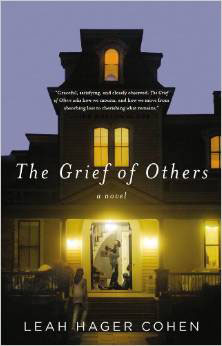

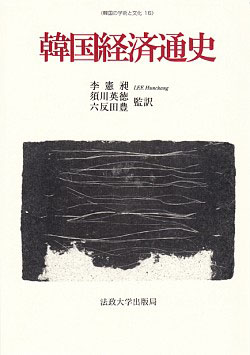
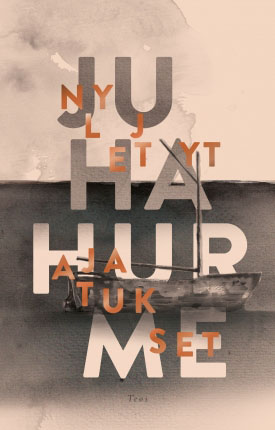
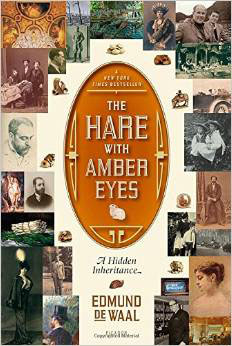
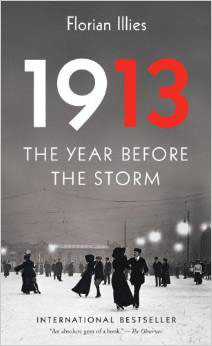
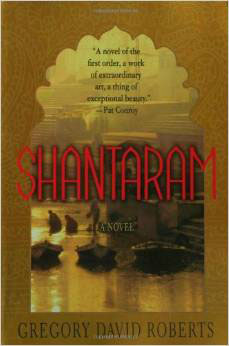
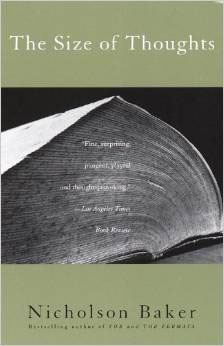
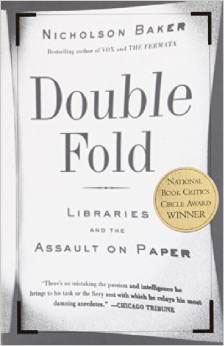

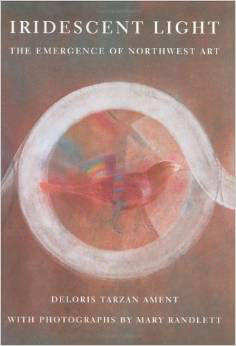
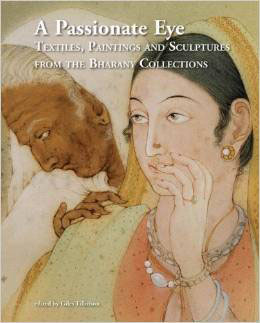
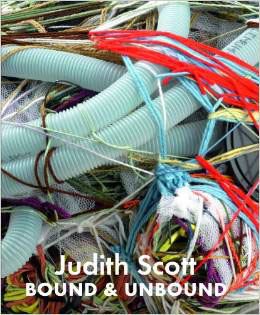

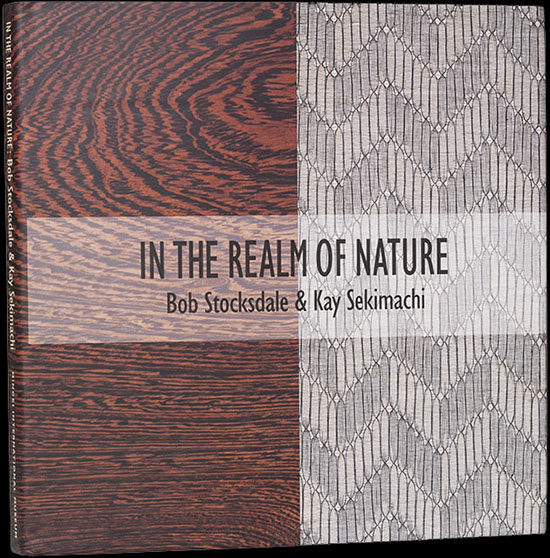





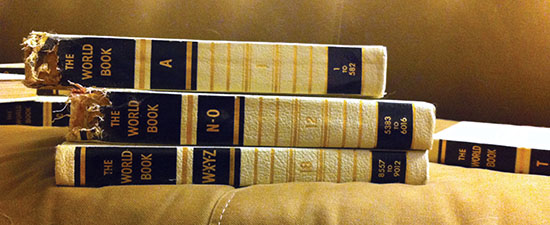
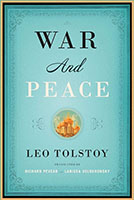

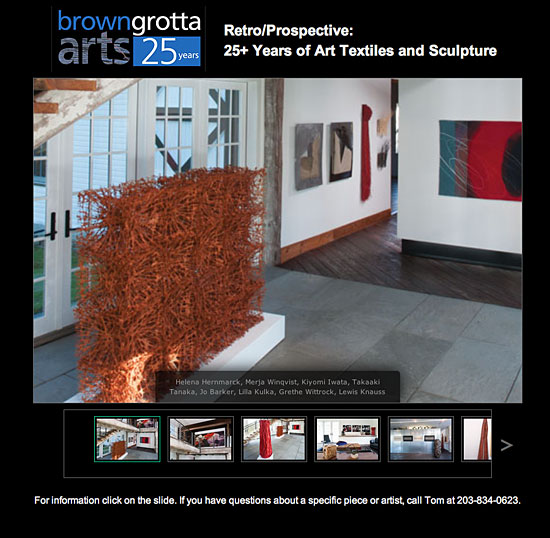


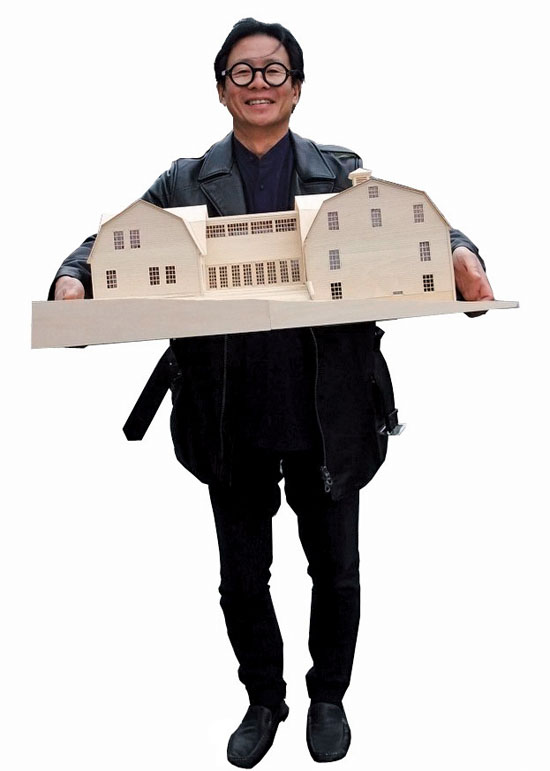

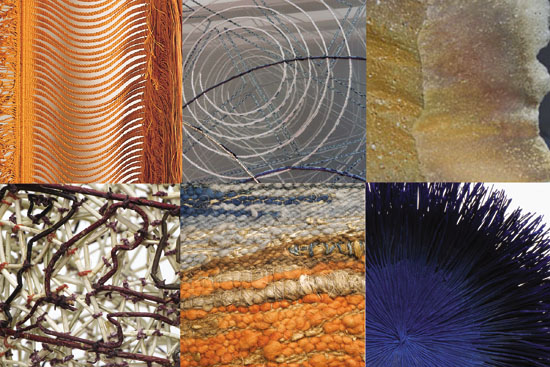
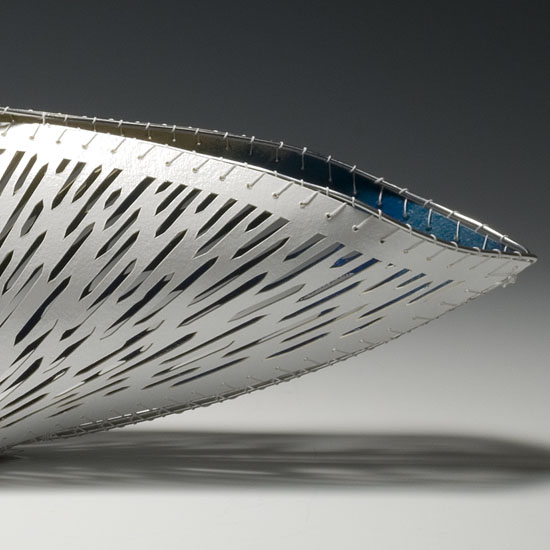
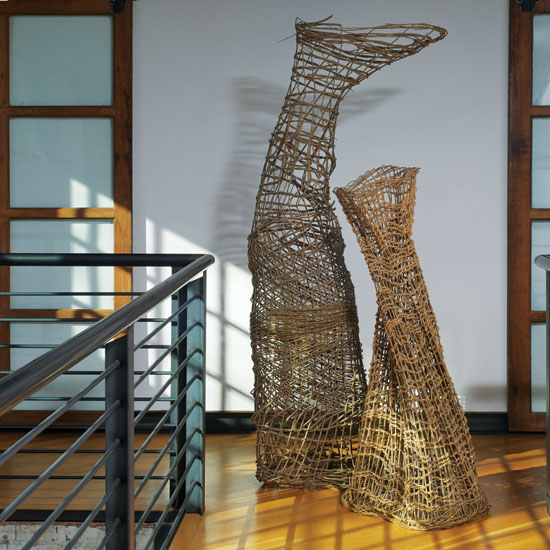



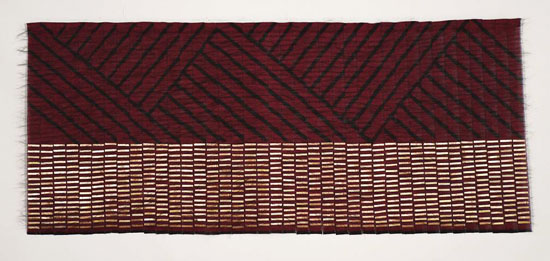




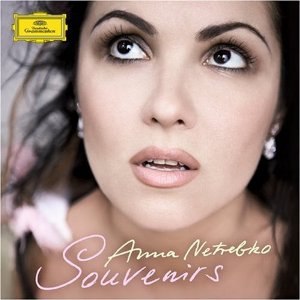
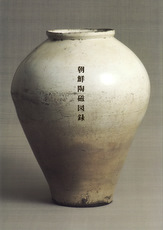
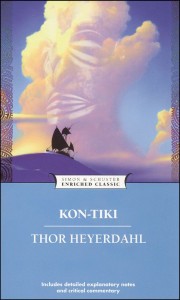
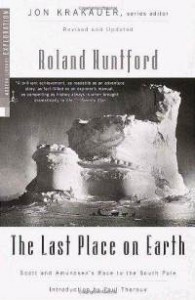
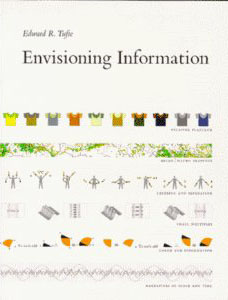



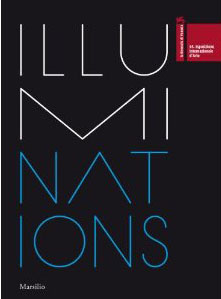

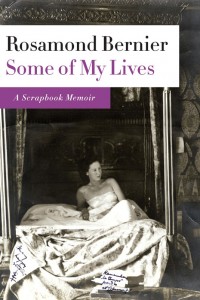
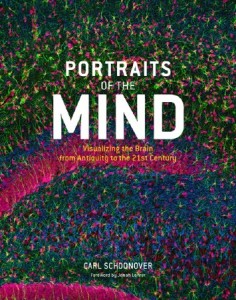
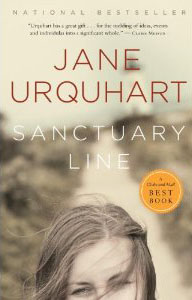
Books Make Great Gifts 2016
Another year of widely divergent books. Art, biology, history and biography are all represented in the answers we received to the questions we asked of artists that work with browngrotta arts: What books cheered you? Inspired you? Provided an escape?
Dona Anderson, wrote that she is reading Herbert Hoover: A Life by Glen Jeansonne (NAL, New York, 2016) who calls Hoover the most resourceful American since Benjamin Franklin. “I recently had a birthday and remember that my mother went to vote on the day I was born, November 6th, and she voted for Herbert Hoover. Consequently, I started to think about what the political atmosphere was like then — as ours was so crazy and even more so now. When I went to the library in October, the Hoover book was brand new and it appealed to me.” Rachel Max is reading Materiality, edited by Petra Lange-Berndt (MIT Press, Cambridge, 2015), one of the latest additons to the Whitechapel Documents of Contemporary Art series. It’s a fantastic series. Each volume in the series focuses on a specific theme and contains many thought-provoking essays from theorists and artists. Materiality not only addresses key geographical, social and philosophical issues, but it also examines how artists process and use materials in order to expand notions of time, space and participation. As the publisher notes, “this anthology focuses on the moments when materials become willful actors and agents within artistic processes.” Max has also been dipping into the diaries of Eva Hesse. “They are extremely private and were never meant for publication. But, as a huge fan of her work it is interesting to read her thoughts,” Max writes.
Rachel Max is reading Materiality, edited by Petra Lange-Berndt (MIT Press, Cambridge, 2015), one of the latest additons to the Whitechapel Documents of Contemporary Art series. It’s a fantastic series. Each volume in the series focuses on a specific theme and contains many thought-provoking essays from theorists and artists. Materiality not only addresses key geographical, social and philosophical issues, but it also examines how artists process and use materials in order to expand notions of time, space and participation. As the publisher notes, “this anthology focuses on the moments when materials become willful actors and agents within artistic processes.” Max has also been dipping into the diaries of Eva Hesse. “They are extremely private and were never meant for publication. But, as a huge fan of her work it is interesting to read her thoughts,” Max writes.
Nimura’s skillful crafting of a can’t-put-it-down narrative of their experiences on two sides of the Pacific is a vividly rich visual, as well as historical, account. She produced for the reader, through captivating descriptions illuminating the startling differences between these two very different cultures, the contrasting worlds we could easily visualize.
Stacy Shiff, Pulitzer Prise-winning author of Cleopatra wrote: “Nimura reconstructs their Alice-in-Wonderland adventure: the girls are so exotic as to qualify as ‘princesses’ on their American arrival. One feels “enormous” on her return to Japan.” It is just this Alice-in-Wonderland aspect of their story that caught my imagination. As in Louis Carroll’s Alice’s Adventures in Wonderland, it is the environment and the material culture that sets the stage for remarkable events. The tangible aspects of two vastly contrasting cultures – intellectually, technically, behaviorally and in terms of the accoutrements of every day life, express well the often conflicting, peculiar and unexpected events in the girls’ lives. The girls move from Japanese clothing, furniture and customs to western style and then back again feeling more comfortable in western settings than in their birth homes kneeling on the floor and lavishly swathed in yards and yards of embroidered silks.
In the late 19th century the US was bursting with inventions and change. Planning begun in the 1850s for the Chicago World’s Fair was well under way, ushering in the Gilded Age of rapid industrial growth, design innovation and expansion of popular culture. A startlingly appropriate time for the girls’ cultural experiment to take place. Nimura, who moved to Japan for three years with her Japanese/American nesei husband, was adept at utilizing her keen sense of design and broad knowledge of the two disparate material cultures. She skillfully brought to life the vast differences between the two civilizations through masterful and insightful descriptions of clothing, hairstyles, furniture, interiors, architecture as well as the cities in which they existed. This, combined with her extensive research, presents the reader with many insights into the relations between the two countries and their intertwined histories through the lives of these exceptional girls and their extraordinary adventures.
As Miriam Kingsberg of the Los Angeles Review of Books wrote, “Daughters… is, perhaps, less a story of Japanese out of place in their country, than of women ahead of their time.” Laky adds that while she was a professor of art and design at the University of California, Davis, she encouraged her students to study abroad. “This book illustrates how education and experience in a foreign country enhances understanding of other cultures and peoples – perhaps more important today than in the 1870s and 80s. I believe travel also greatly inspires creativity.”
It is a sad and exciting story about a typical lonely man in today’s Denmark, she wrote. “Written in a wonderful language – so one can just imagine him, by reading it and it is just as sad as Stoner.
As always, enjoy!